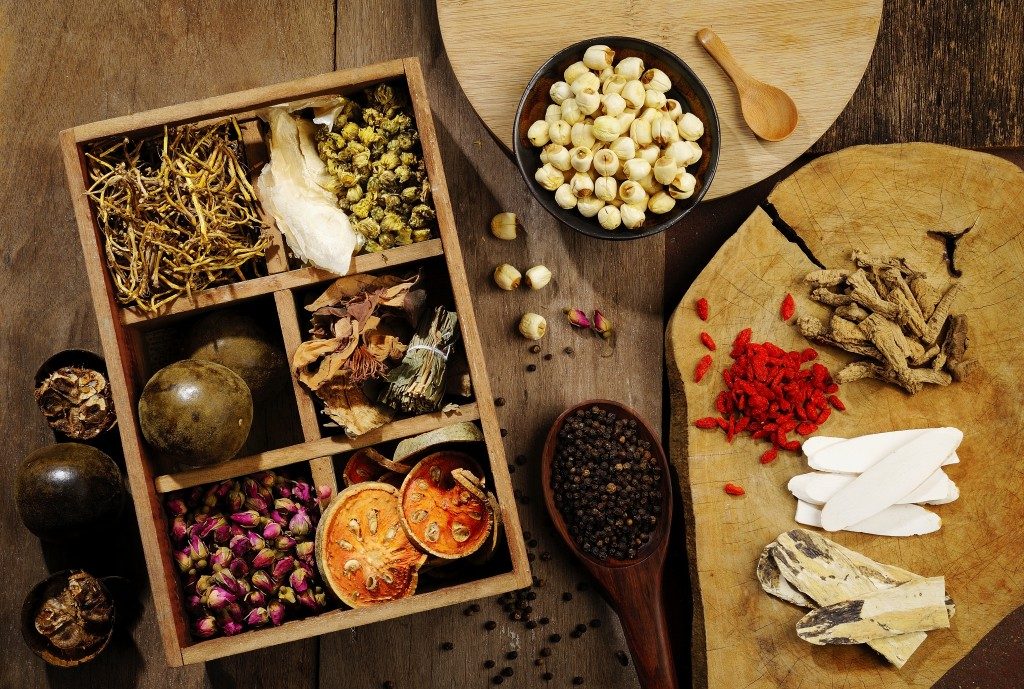With the endorsement of the World Health Organisation (WHO), the use of herbal medicine continues to thrive in many parts of the world. A qualified nutritional therapist, herbalist, or alternative medicine practitioner would know about proper utilisation of medicinal plants for various ailments. Millions would attest that even atypical illnesses are cured with herbal medicine alone.
The current practice of herbal medicine
WHO reports estimate that among developing countries, about 80 per cent depends on the practice of traditional medicine. Herbal medicines are particularly essential in primary health care, administered most of the time as either infusions and decoctions. Herbs are fragrant and flavourful and posses therapeutic applications. Different groups would combine certain parts of the plant to restore the health of a human body. The whole plant may be used depending on the needs of the patient.
It is widely known that many aspects of herbal medicine are not understood thoroughly or been evaluated systematically. The lack of documentation does not seem to tarnish the belief of communities on the efficacy of medicinal plants to treat ailments. Today, there are many groups and institutions devoting time and resources to the study, inventory, and discovery of the multiple uses of herbs that can be locally sourced and grown in backyards.
Cultural variance
One culture would practice herbal medicine differently from the other. The use of one plant may differ from that of another, and the preparation would depend on the philosophy of the treatment. For example, one culture might be unaware of the root of a particular plant is being used. They might only be familiar with using another part of the plant.
Some of the drugs we buy from pharmacies and use every day to decrease blood pressure or alleviate a fear were sourced from plants originally. The main difference between contemporary medical practice is that drugs utilise an active ingredient found in plants. In herbal medicine, it is common to use the entire plant as the drug.
Plants and plant extracts to cure disease

For instance, a herbalist would prepare reship, Devil’s claw, or Boswellia for a patient who has arthritis. Garlic cloves are roots that are effective in lowering blood pressure and levels of cholesterol. There’s no special preparation required, but it must not be taken with other drugs or herbs that affect blood clotting. Meanwhile, ginger root is an effective potion against motion sickness and nausea. On the other hand, ginkgo leaf offers respite from asthma and bronchitis,
It might interest you to know that chamomile flower has a reputation for being a cure-all. The flower has properties that allow inflammation to go down. It is also known for its positive effects on relaxation, sedation, wound healing. Evidently, chamomile is not just good for a cup of fragrant tea. It has medicinal uses as well.
Herbal products made from botanicals help millions of people in dealing with pain, hypertension, anxiety, and many other illnesses that assail human beings. The use of botanicals can be traced back to millions of years ago. Their efficacy cannot be denied, which encourages the growth of complementary and alternative medicine in the United Kingdom and all its territories.

